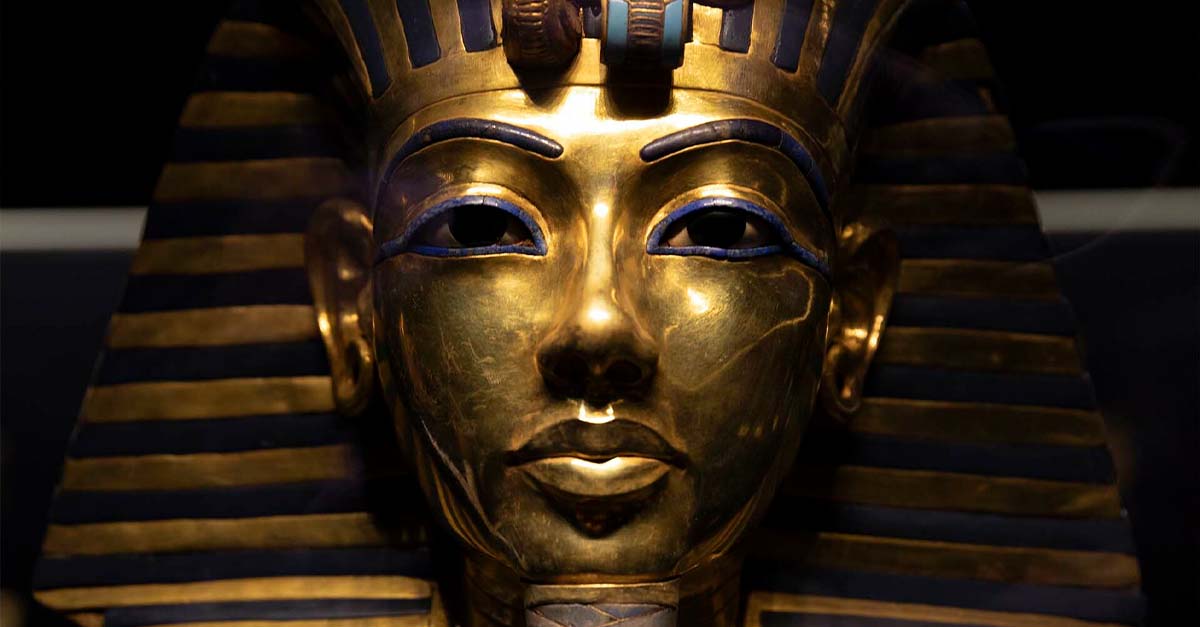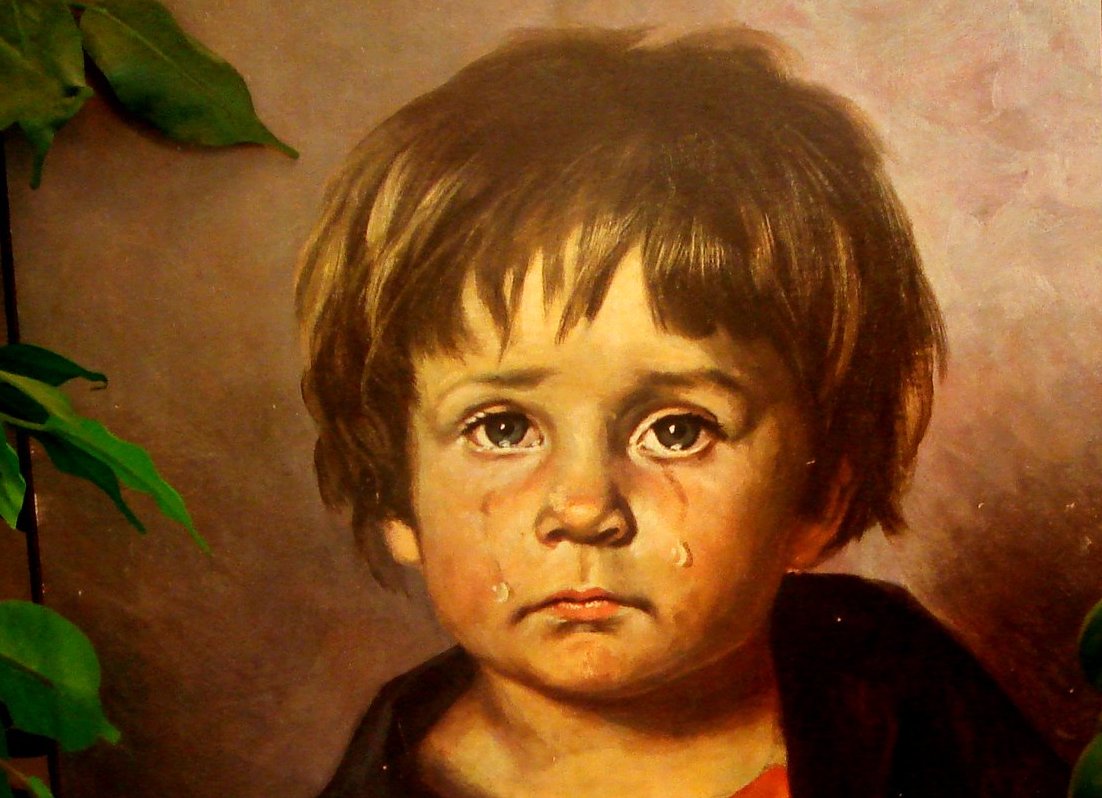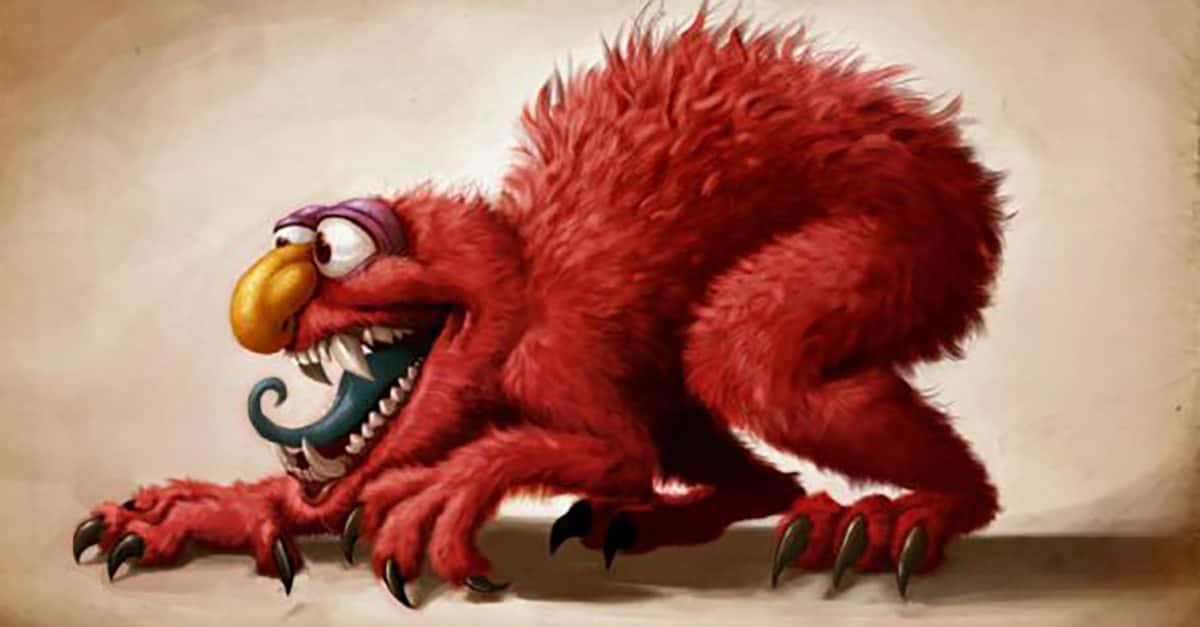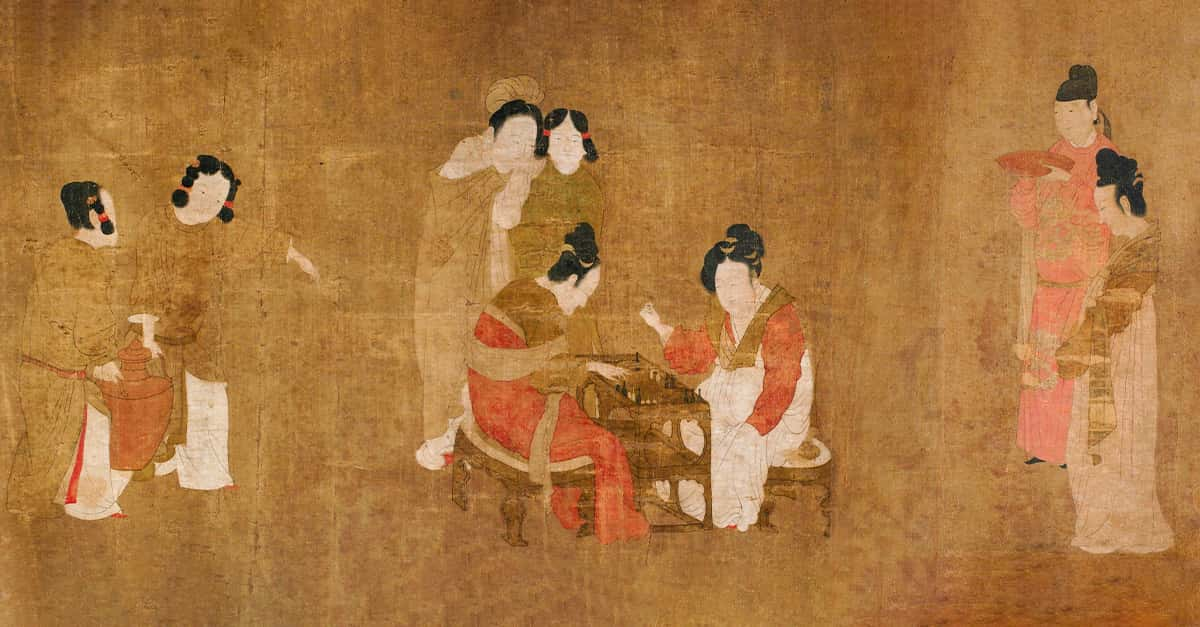When misfortune strikes from out of the blue we like to try to search for an explanation. The need for someone or something to blame often settles on an object that brings bad luck. We look at some examples of cursed objects from history.
The Delhi Purple Sapphire Brings Ruin
This so-called "sapphire" is actually a deep purple amethyst. Stolen out of a temple in India in 1857, the stone was brought to England by a Colonel Ferris who fell ill and lost all his money soon afterward. Ferris’ son inherited the sapphire, and he too lost his health and went broke. The son then gave the stone to a friend, who later took his own life.
Further Misfortune
The Delhi Purple Sapphire eventually came into the ownership of Edward Heron-Allen in 1890, who soon underwent a series of personal disasters. Unaware that the stone might be the source of his miseries, he gave it to a friend, a singer who lost her voice soon after acquiring the stone, and never sang again. Heron-Allen had the stone locked away in seven boxes in a bank vault. It is now on display in the British Natural History Museum, but even the curator noted that the one time he transported the stone in his car, a violent thunderstorm occurred!
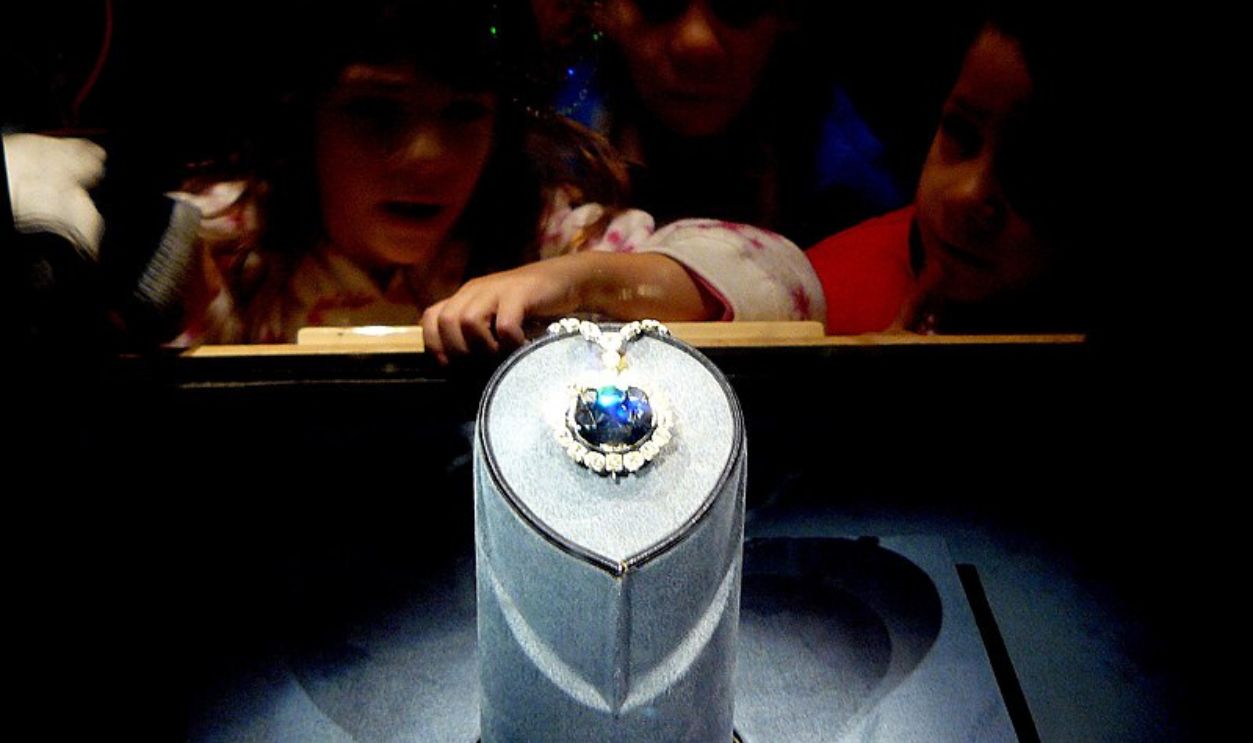 Kunalm, CC BY-SA 4.0, Wikimedia Commons
Kunalm, CC BY-SA 4.0, Wikimedia Commons
The Hope Diamond
The Hope Diamond has been the center of rumors of a curse since the late nineteenth century. A gem merchant bought the rare blue stone uncut in India in 1666, had it cut and then sold it to French King Louis XIV in 1668. As with many other precious items, the diamond was eventually stolen during the days of the French Revolution and recut. It came into the hands of the Hope family in 1830. Since then, the stone has had numerous owners.
The Hope Curse
Several owners of the Hope diamond have had bad luck, including some members of the Hope family who went bankrupt. However, other later owners of the Hope did fine. These included the wealthy jewellers Pierre Cartier and later Harry Winston, who donated the priceless 45-carat stone to the Smithsonian in 1958, where it still resides today. The many stories of people who suffered misfortunes were mostly published in newspapers in the late 19th and early 20th century, and have very little hard evidence to confirm them.
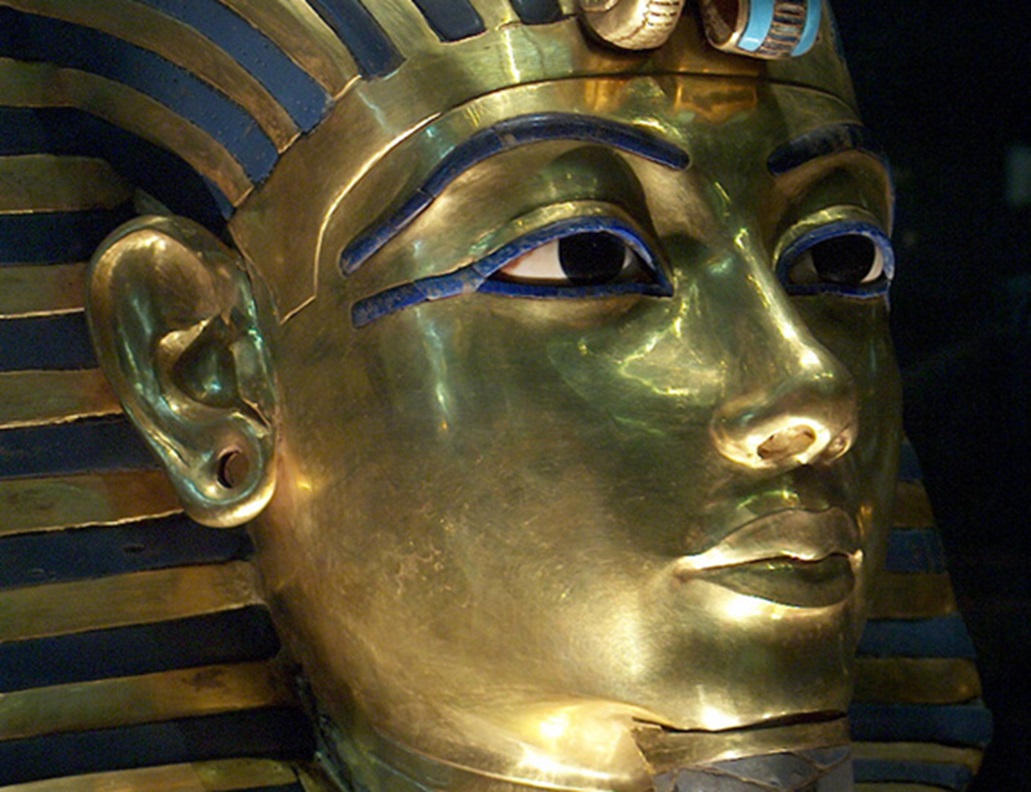 Aikon, CC BY-SA 3.0, Wikimedia Commons
Aikon, CC BY-SA 3.0, Wikimedia Commons
The Tomb Of Tutankhamen
The discovery of King Tut’s tomb in 1923 was one of the most incredible discoveries of all time. Lord Carnarvon, who had financed the search for the tomb, passed exactly one year after the tomb was opened. Though the cause of death was a mosquito-borne illness, the curse of King Tut’s tomb was off and running. There were some unusual deaths that occurred among the many who entered the tomb. But the man who opened the tomb and removed the mummy from its sarcophagus, Howard Carter, lived another sixteen years.
“The Crying Boy” Painting
“The Crying Boy” was a portrait by Italian painter Giovanni Bragolini. It was mass-produced as a print and became very popular in homes in England starting in the 1950s. By the 1980s, firefighters and homeowners were widely reporting that the print was often found undamaged in the remains of house fires. The eerie occurrences became known as the curse of “The Crying Boy”.
A Possible Explanation
A BBC radio show looked into the curse of “The Crying Boy” in 2010, and discovered that the prints had been treated with a fireproof varnish. The theory put forth on the show was that the string holding the painting to the wallhook would burn through first in a fire and the print would fall face down and not be exposed to the flames.
It’s In Our Bones
From the Stone Age right into the Information Age, people continue to believe in curses and superstitions. While scientists lecture us with a wag of the finger, and we nod along obediently, rumors of cursed objects still touch a chord of fascination in us. Of course there’s no such thing as a curse, but it’s best not to tempt fate too much!
You May Also Like:
Haunting Facts About History's Greatest Tragedies
Jaw-Dropping Facts About History's Most Disturbing Curses
Disturbing Facts About History's Most Bone-Chilling Mysteries

